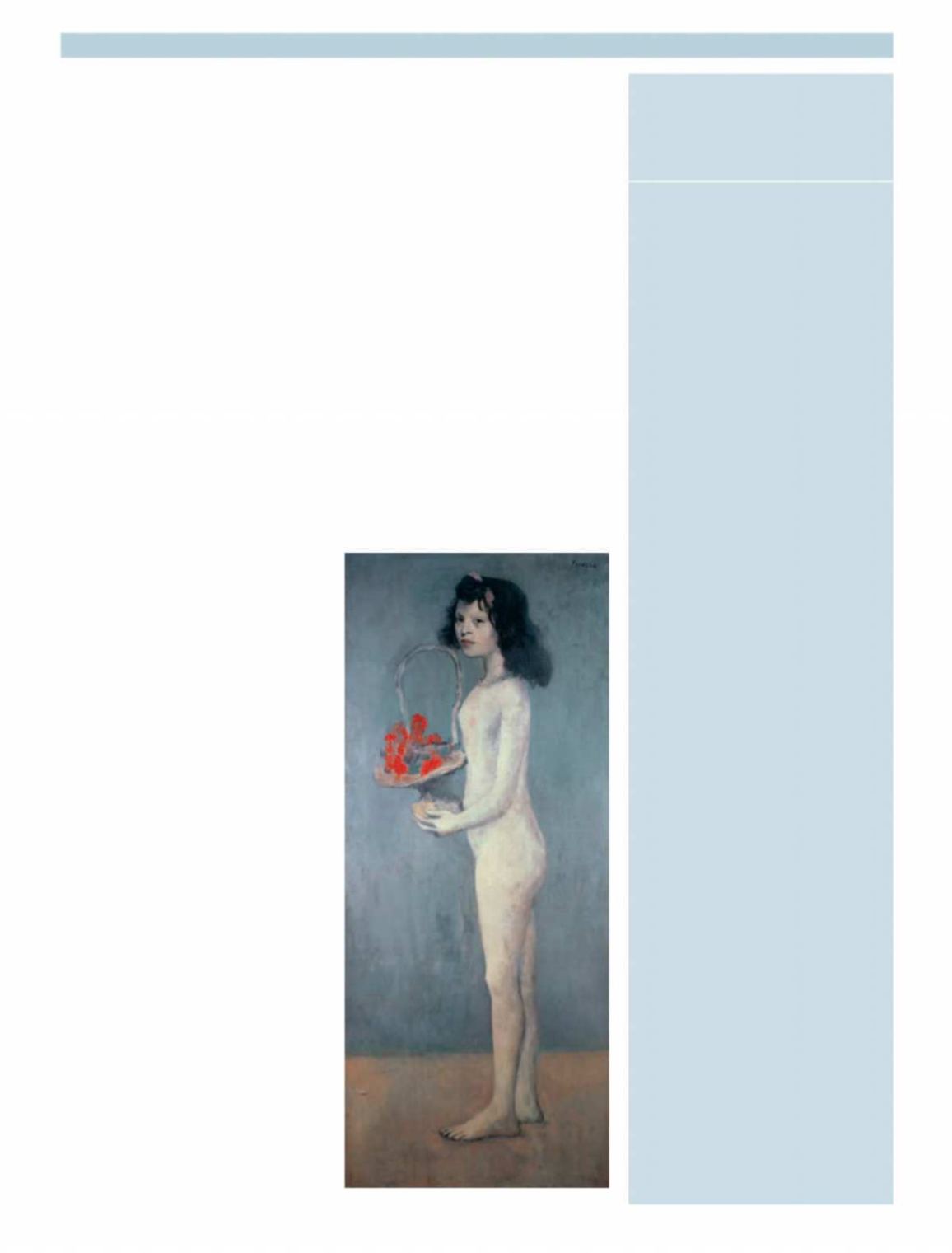
82 Books and arts
The Economist
May 5th 2018
A
FTER the death in1967 ofAlice B. Toklas,
longtime partner of Picasso’s patron
Gertrude Stein, David Rockefeller made
one of the wisest moves of his art-collect-
ing career. The art that Stein had amassed
in Paris before the second world war—
some of the best paintings Cézanne and Pi-
casso ever produced—has long been con-
sidered one of the finest collections of the
20th century. Stein’s heirswanted it to go to
a museum, but Rockefeller, who by then
had been a trustee of theMuseumofMod-
ern Art (
M
o
MA
) for two decades, knew it
was beyond any institution’smeans.
He put together a syndicate, which
bought the collection for $6.8m (around
$50m today). The group included his
brother Nelson, governor of New York;
William Paley, chairman of Columbia
Broadcasting System; and John Hay “Jock”
Whitney, publisher of the
NewYork Herald
Tribune
. Each was to choose one painting
for his personal collection, the rest going to
museums. They met on a December after-
noon in
M
o
MA
’s oldWhitneywing, draw-
ing lots froma felt hat to decide the order in
which the selections would be made.
Rockefeller drewlast, but the slip he picked
wasmarked “1”.
Going first, he chose the picture that
everyone but Nelson coveted, a rare early
Picasso portrait painted in 1905 when the
artist was 24. Rockefeller and his wife, Peg-
gy, hung “YoungGirl with a Flower Basket”
(pictured) in the library of theirManhattan
home, where it joinedMatisse’s “Reclining
Nude withMagnolias”. The librarywas re-
decorated tomatch.
Both paintings are among 893 lots from
the Rockefeller collection to be auctioned
by Christie’s in New York over three days,
starting on May 8th (671 extra lots will be
sold online). The sale is expected to be the
biggest ever by a single owner, set to sur-
pass the $484m raised by the Yves Saint
Laurent auction in Paris in 2009. The Picas-
so, from the cheery rose period of 1904-06
that followed his more sombre blue per-
iod, is estimated to fetch $100m. No rose-
period Picasso has come to market since
“Boy with a Pipe” went for $104m in 2004.
TheMatisse should raise $70m.
The auction also includes art fromAfri-
ca, India and China, a legacy of Rockefel-
ler’s travels as head of Chase Manhattan
Bank and friend to successive
CIA
bosses
and Henry Kissinger. But the bulk of it rep-
resents the taste of a rich, cultured Ameri-
can of his generation: fine English silver,
French Impressionist paintings, Meissen
porcelain from Germany and beautiful
American landscapes by Edward Hopper,
Charles Sheeler, Thomas Hart Benton and
Georgia O’Keeffe. There are Monets and
Manets, a large collection of antique
woodendecoybirds and 67 painteddinner
services, none of which goes in the dish-
washer. Now it will all be dispersed.
To land the sale, Christie’s fended off
competition from Sotheby’s and provided
the Rockefellerswith a huge guarantee, en-
suring the estate is paid promptly. The auc-
tion house spent sixmonthsmarketing the
collection abroad, launching a roadshow
in Hong Kong in November, then taking
the Matisse to Beijing along with a Monet
landscape and a rare blue-and-white Chi-
nese porcelain “dragon” bowl.
Estimated at $100,000 to $150,000, that
is bound to fetch much more. Chinese col-
lectors are keen on buying back their own
art as well as on acquiringWestern trophy
works (three years ago a Shanghai taxi
driver turned billionaire paid $170m for a
Modigliani nude). In accordance with the
terms of Rockefeller’s will, all the proceeds
will be given to charity.
7
The Rockefeller sale
Manet, Monet,
money
The Rockefellers’ treasures are set to be
dispersed around theworld
Luck of the draw
Maximalist fiction
Tick, tock
O
NAone-way bus ride to Rikers
Island, NewYorkCity’s infamous
prison, Nuno DeAngeles’s thoughts turn
to René Descartes, whose “mind-body
dualism” is “the only out he sees right
now…There’s two of himand only one’s
going in.” Descartes and Rikers are
among the unlikely conjunctions in
Sergio de la Pava’s expansive newnovel,
“Lost Empress”, a 600-pagemelting pot
of criminal-justice policy, American
football andmetaphysics.
When her ailing father divides up his
football empire, Nina Gill inherits the
underdog team, Paterson Pork, while the
Dallas Cowboys are left to her brother.
Nina vows to usurp the
NFL
with a rival
football league. She also has her eye on a
different prize: a long-lost painting by
Salvador Dalí, hidden somewhere be-
hind the barbedwire ofRikers. Nuno, a
brainy criminal, aims to retrieve it for her
before time runs out.
Literally. Aswell as a searing critique
ofAmerican society, “Lost Empress” is a
countdown to the apocalypse, an im-
pending doom that rests on parallel
worlds, a football pass and a biblical
flood. The bookoscillates between
hilarious surrealismand shocking reali-
ty. As in his first novel, “ANaked Singu-
larity”, Mr de la Pava (a public defender)
deploys his expertise in amaximalist
form reminiscent of Thomas Pynchon
andDavid FosterWallace. Legal tran-
scripts jostlewith diagrams of “Time”
and the prison’s “Inmate Rule Book”.
Besides Nina’s andNuno’s, other
stories unfold. A911-call operator reaches
breaking point. An Italian pastor at-
tempts to bringGod to the incarcerated.
Cancerous cellsmultiply in a young
man’s brain. Occasionally the tone of
the hyperintelligent narrator blurs the
distinctions between the characters. But
Mr de la Pava’s psychological insights
compensate for that glitch.
Withmessianic fervour, he conjures
upmarginalised voices and the horrors
ofmass incarceration, against a backbeat
of sporting thrills and that apocalyptic
crescendo. Describing a court motion of
Nuno’s, the narrator enjoins readers to
“thinkabout a literaryworkundertaken
in the literal pursuit of freedom, which is
to say life”. Theywill not have to think
for long: they are reading one.
Lost Empress.
By Sergio de la Pava.
Pantheon; 640 pages; $29.95. To be published
in Britain in August by MacLehose Press; £20
РЕЛИЗ ПОДГОТОВИЛА ГРУППА "What's News"
VK.COM/WSNWS







